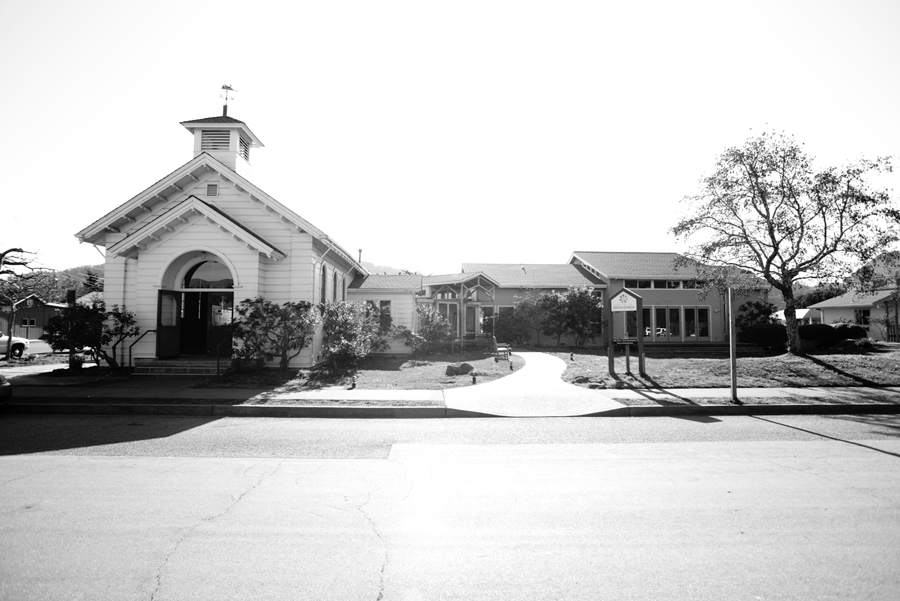The financial outlook of the Dance Palace Community and Cultural Center came into focus this past weekend, when a small group of members gathered . . .
Dance Palace woes


The financial outlook of the Dance Palace Community and Cultural Center came into focus this past weekend, when a small group of members gathered . . .